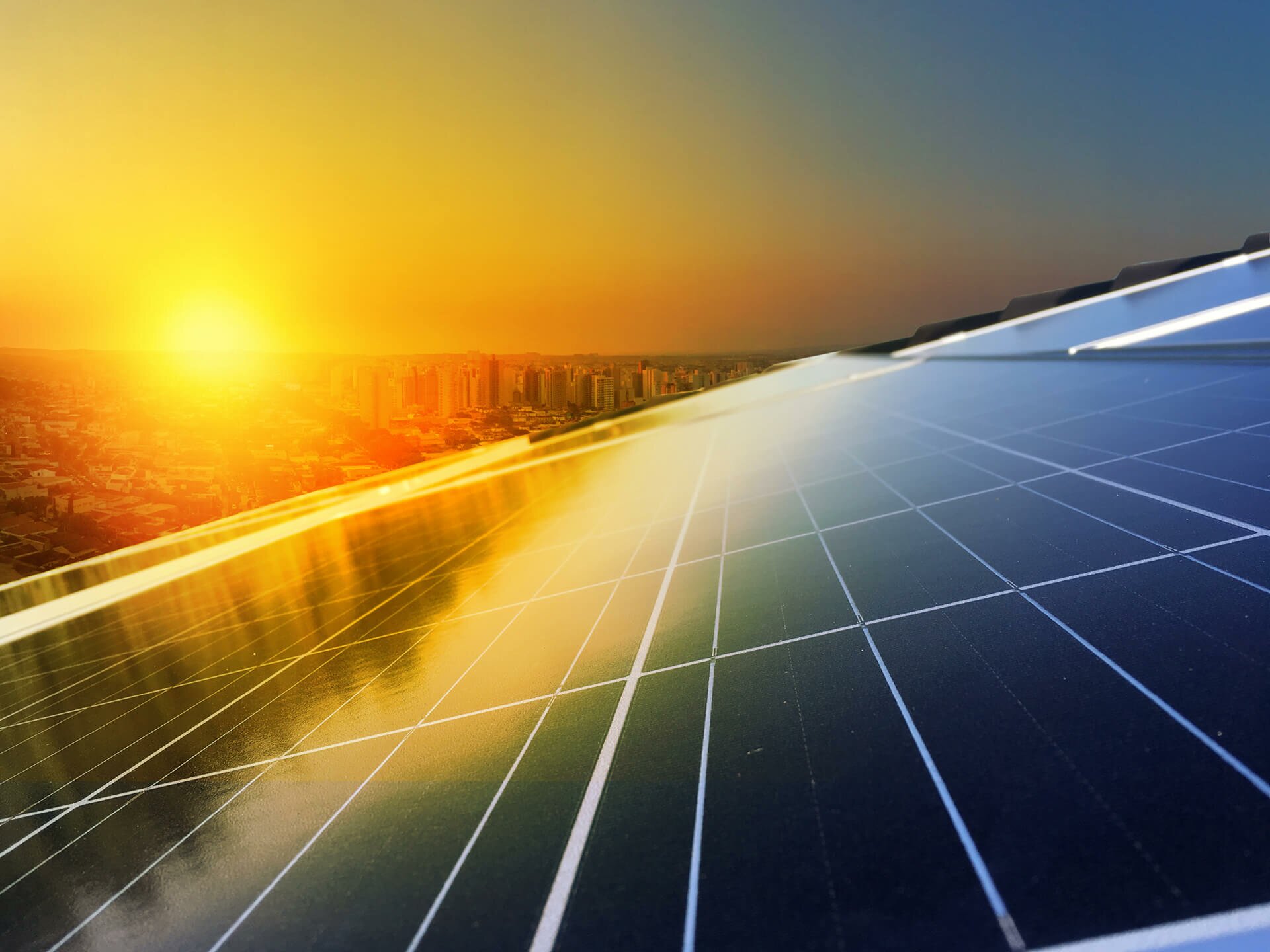
CarbonetiX through its partner Essential Solar, provides solar power solutions.
- Solar Panels
- Solar Inverters
- Battery Storage Range
Most businesses in Australia operate (and therefore use the vast majority of their electricity) during peak sunlight hours, between 8am-6pm. This makes Australian commercial enterprises an ideal fit for solar systems.
However, commercial-sized solar systems (10 kW and up) carry some unique design challenges and considerations, therefore it is essential to have an engineered solution that is fit for purpose and will deliver the most efficient energy use that meets your business needs.
3 distinct size categories for commercial solar.Less than 30 kW (Up to about 100 panels)
A 30-kW system will generate about 120 kWh of electricity a day on average over a year, which will save approximately $2000 per month if 100% self-consumed (which is possible in commercial situations).
30-100 kW
Commercial solar arrays of this size require special systems to protect the grid from all the electricity they can generate and need special permission from your local electricity network (DNSP) to connect to the grid.
Commercial solar systems in this size range are typically installed on medium sized office buildings, local clubs, and small retail businesses.
Over 100 kW
If you go over 100 kW, you are no longer eligible to claim the STC “rebate”. But don’t panic! You still get a subsidy known as ‘LGCs’ (covered in point #5 below in more detail). This is paid every year and is based on how much energy the system actually generates.
These are typically installed on hotels, large offices, wineries and small to medium factories.
Over 250kW
These systems are very large and require specific engineering requirements of such big commercial systems. They generally go on large shopping centres or solar farms.
Connecting to the Grid
When installing systems 30 kW capacity and up in Australia, it is very important to see, in writing, the network’s approval for the system. Every solar power system connected to the grid must be approved. To throw in another layer of bureaucracy – most councils require their approval to install systems greater than 10 kW in size.
Weight is one of the biggest factors when it comes to installing a commercial-sized solar array on the roof of a business
An engineered solution from Carbonetix will provide a detailed roof plan and structural engineering certificate.
Monitoring and maintenance
CarbonetiX provides its SmartPortal cloud-based monitoring system, which monitors both solar energy generation and electricity consumption. Without combined generation and consumption monitoring, you will not have the information you need to keep your post-solar bills as low as possible.
Solar is a form of power factor correction and CarbonetiX’s SmartPortal monitoring solution provides the tool to check your gross consumption – meaning you will be able to view, in real time for any particular hour, the ‘before and after’ of Solar’s contribution to your business.
A maintenance schedule is important to incorporate into any project. As per requirements by the CEC, CarbonetiX provides a comprehensive maintenance schedule. This can include panel cleaning.
STC’s versus LGC’s
Commercial solar systems 99 kW in size and under are eligible for a financial incentive in Australia known as the “STC program”. A simple explanation of this is that you are paid based on the expected generation of a system over the next 13 years, to the tune of approximately $550 per kW of solar installed (this varies according to market conditions and installation location).
However, once your system is 100 kW and over, you are no longer eligible to claim STC’s (Small-scale Technology Certificates) and must instead claim LGC’s (Large-scale Generation Certificates).
The key difference is that while the STC ‘rebate’ is paid in advance and essentially works as an upfront discount of the cost of a system, the LGC ‘rebate’ is something that must be accurately tracked, reported, and claimed each year.
To claim LGC’s, you first need to register your business to become an “accredited power station” with the Clean Energy Regulator.
CarbonetiX provides a certified metering solution up to the National Electricity Market standards, so you can properly track your generation.
IRR (internal rate of return) is a better metric than ROI because the capital invested in a solar power system is essentially gone after its 25-year lifetime. CarbonetiX provides thorough cash flow modelling as part of our engineered solutions including calculating PPAs and leases.
Inverters
There are three options when it comes to choosing a solar inverter setup for a commercial scale job.
- Microinverters or optimisers
- Chained string inverters
- Large central inverters
Batteries
If your business operates 24 hours, across weekends and public holidays, a battery storage solution unique to your business needs, can be engineered by the team at CarbonetiX. If you require recharging equipment overnight, energy storage and backup power, CarbonetiX can provide the right solution.

Please contact one of our sales engineers to discuss further how we can provide a solar solution to meet your needs.

